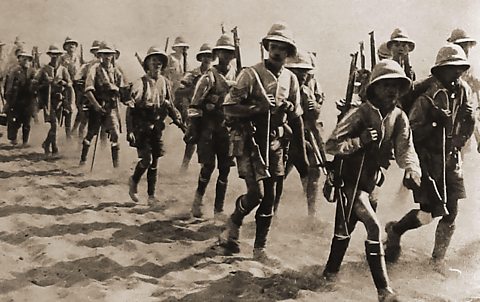Scottish soldiers at the Battle of Loos, 1915
The Battle of Loos is referred to as the Scottish Battle, due to the sheer scale of Scots involvement.
Of the 72 infantry battalions that fought on this battlefield, half of them were Scottish – a total of 30,000 soldiers.
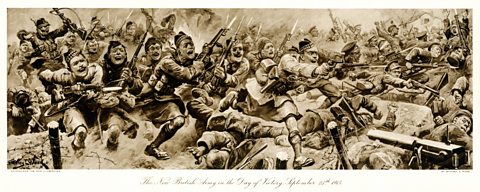 Image source, ALAMY
Image source, ALAMYBattle of Loos, September 1915
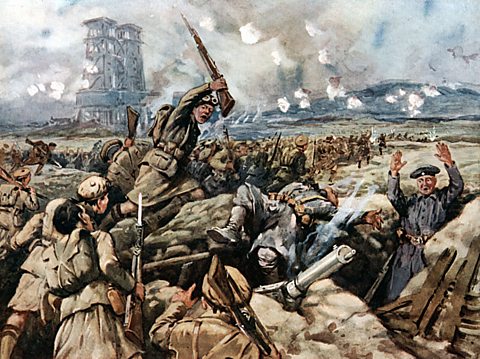 Image source, ALAMY
Image source, ALAMYLoos can be found in the north east of France. It was chosen as a battleground by the Secretary of State for War, Lord Kitchener. He wanted to apply pressure on the German army in order to help both the French and Russian forces.
The battle was a battle of ‘firsts’ for the British: this was the first major offensive to make extensive use of Kitchener’s new recruits:
- it was the first joint offensive of British and French troops working together
- it was the first battle in which the British used poison gas as an offensive weapon
 Image source, ALAMY
Image source, ALAMYArtillery at the Battle of Loos
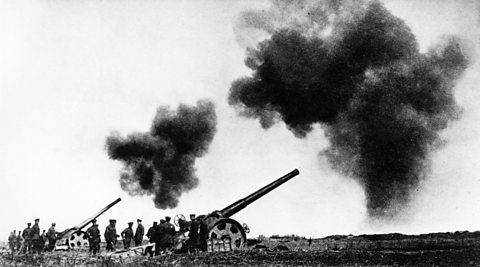 Image source, ALAMY
Image source, ALAMYThe battle began with a short artilleryPowerful weapons used to fire at targets a distance away. bombardment. The generals in charge of the battle believed that a sustained bombardment would destroy the barbed wire which protected the German troops.
Much of this artillery bombardment, however, fell short of the German lines.
The weather was to also play a critical role. In the lead up to the battle, it had rained quite heavily, which meant that much of the land the army needed to advance across was flooded and boggy.
 Image source, ALAMY
Image source, ALAMYPoison gas at the Battle of Loos
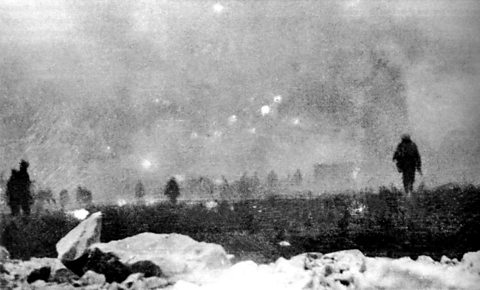 Image source, ALAMY
Image source, ALAMYThis was not the only cruel trick the weather would play on the troops.
On the day of the attack, the British launched canisters of chloride gas into No Man's LandNo Man's Land was the name commonly given to the land between the German and Allied lines. Because it was not under the control of any army, it was considered "no man's land". , hoping it would mask their attack and immobilise the German troops.
However, the wind dropped, resulting in a thick cloud of gas forming over the land between the two sets of trenches. This cloud then began to creep back towards the British trenches as the wind began to pick up.
 Image source, ALAMY
Image source, ALAMYGas masks in World War One
 Image source, ALAMY
Image source, ALAMYThe gas masks which had been issued to British troops were inefficient.
Soldiers struggled to see through the fogged-up eyepieces and they could barely breathe with them on.
As a result, many soldiers removed their gas marks, exposing them to the clouds of chlorine gas drifting towards the British lines.
The gas caused horrific burns to the throats, mouths, eyes, and lungs of the soldiers exposed to it.
 Image source, ALAMY
Image source, ALAMYBattle of Loos: Piper Laidlaw's story
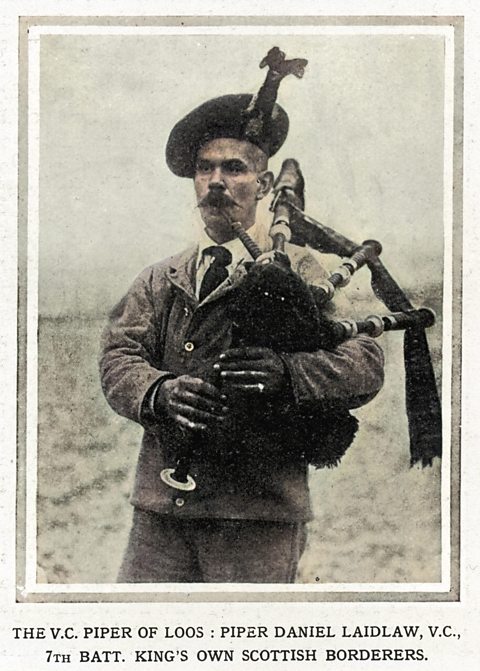 Image source, ALAMY
Image source, ALAMYGas attacks were a new battle tactic used by both sides in World War One. They were effective because they caused panic in the forces who faced them.
During one German gas attack, a Scottish piper called Daniel Laidlaw from the King’s Own Scottish Borderers played a major role in supporting his fellow soldiers.
As the poison gas drifted over the battlefield towards them, Piper Laidlaw ripped off his gas mask and began to play his bagpipes in an attempt to rally the troops and encourage them to cross no man's land and attack the German trenches.
Despite being shot in the leg, Laidlaw continued to play his pipes and the men continued to cross.
In recognition of his actions, Laidlaw was awarded a Victoria Cross – the highest honour to be awarded in the British military.
 Image source, ALAMY
Image source, ALAMYBattle of Loos outcome
 Image source, ALAMY
Image source, ALAMYThere were some successes on the opening day of the battle:
- the 15th Scottish Division broke through the German lines and captured the village of Loos
- the 9th Gordon Highlanders, with the support of the 12th Royal Scots, made it to the second line of German trenches
However, these successes were not exploited or consolidated quickly enough. By the fourth day of the battle, the British Army had been pushed back to their original lines.
 Image source, ALAMY
Image source, ALAMYBattle of Loos war graves
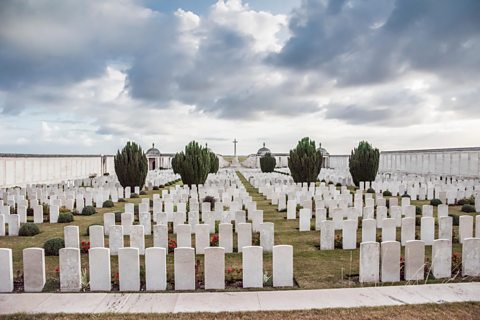 Image source, ALAMY
Image source, ALAMYLoos is often remembered in Scotland with a marked sadness.
A memorial stands near the village of Loos. On its walls are the names of all those who fell during the battle but could not be identified. It is estimated that one third of these are Scots.
- twelve battalions lost over 500 men during the course of the battle
- eight of these battalions were Scottish
- seven Scottish battalions lost their commanding officers
The cottish poet, Charles Hamilton Sorley lost his life at Loos, as did John Kipling, the son of the author Rudyard Kipling.
The historian Trevor Royle believes that Loos was:
An unnecessary and meaningless battle. In strategic terms, it was meaningless.
The battle ended three weeks later with the British Army failing to achieve their objectives.
 Image source, ALAMY
Image source, ALAMYTest your knowledge
More on World War One
Find out more by working through a topic
- count5 of 9
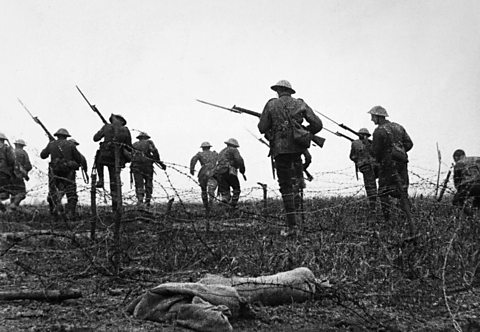
- count6 of 9
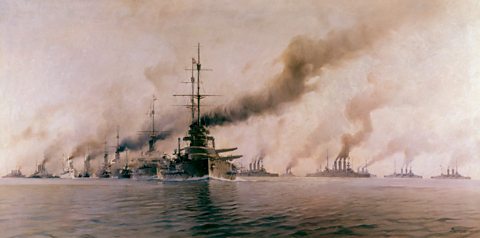
- count7 of 9
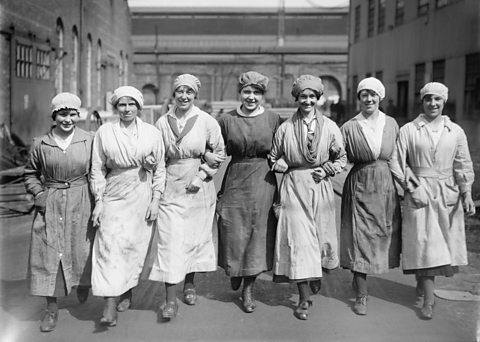
- count8 of 9
